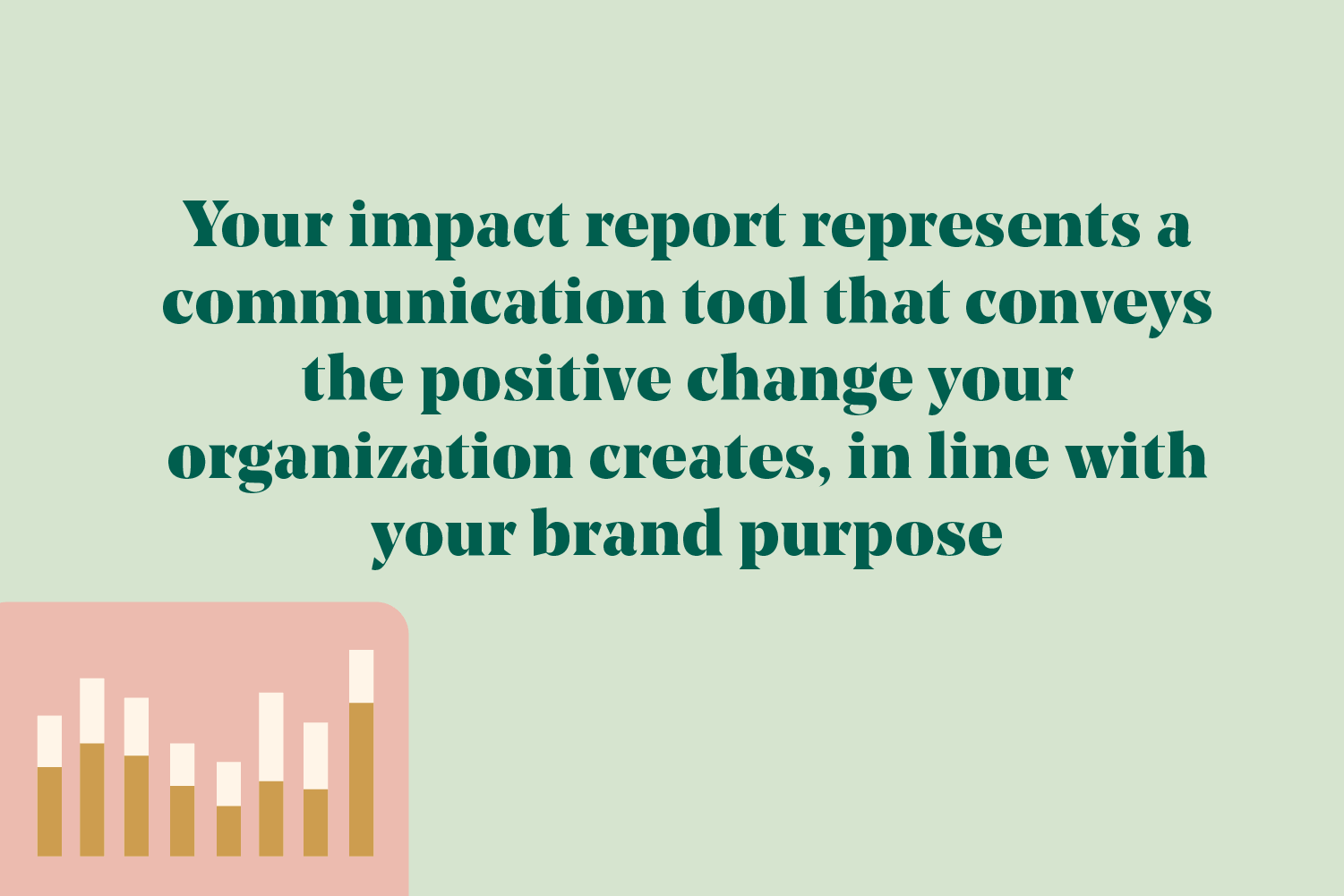Impact has certainly been a buzzword in recent years, both in business and in the marketing industry. Brands drive social impact, impact-based advertising is gaining momentum and studies show that consumers are more willing to buy from companies who are committed to positive impact.
However, simply talking about impact in vague terms is not enough for success. It needs to be managed, measured and communicated the right way to make a difference. In this article, we dig deeper into how to measure impact and the meaning of it to provide valuable insights to you.
Purpose vs Impact
Another concept that has gathered attention in the field besides impact, is purpose. Brand purpose should be at the center of everything your business does, the greater good clarifying why your brand exists.
Your brand purpose and impact are connected but the two terms are not interchangeable.
Purpose without impact is no more than ambition that fails to yield results and impact without purpose has no direction and lacks meaning. Therefore, it is essential to pay attention to both in order to contribute to a better world and make your business more viable.
What is impact?
Now that we’ve established that purpose is the guiding light, let’s take a closer look at impact.
Brand impact should be the outcome of putting your purpose into action, translating the company’s reason for being into plans with specific goals. Measuring these goals can turn the rather intangible purpose into a more tangible and quantifiable impact.
That might sound straightforward but in reality, the process is not so easy. As an impactful organization, impact management should be a fundamental part of the processes to allow you to measure and optimize your effectiveness.
Managing impact combines impact measurement, data collection and reporting but each area has its own challenges.
Impact measurement metrics
When it comes to social impact measurement, your metrics depend on a number of factors. Referring to the Theory of Change can help you map out the causal links between the outcomes, leading up to the intended impact. By identifying stages, you can construct a framework on what data to collect for each stage in order to track effectiveness.
Let’s look at it through a simplified example: imagine your purpose is to alleviate poverty in rural areas while also restoring healthy forests (like our amazing partner, Eden Reforestation). At the first stage, you need to seek partnerships with the local villagers – the metric you want to track here is the number of people who wish to join your cause. Next, you need to establish working sites and plant the trees – your metrics to track effectiveness would be quantifying these two things. Afterward, you can take a look at social impact metrics that derive from that: how many work hours did your initiatives created, how many people started earning a steady income, how many can now afford daily necessities as compared to before. Tracking these metrics ensures that you are aware of the progress you are making and can quantify your impact.
After building your impact measurement framework based on these tips, it is time to look at methods of data collection. This step should be guided by what you’ve already laid down: qualitative or quantitative information gathering suits your goals the best? Should you conduct interviews in person or is it enough if you send out a survey? These questions need to be evaluated to find a method that serves you best.
Next step: how to communicate impact
Last but not least, impact management does not stop at being able to gather data on certain metrics. It is equally important to be able to communicate your impact to your stakeholders.
A common practice for that is impact reporting.
It should be more than just your annually collected data but include insights, milestones and the progress that you are making.
Your impact report should be downloadable from your website to provide transparency and credibility and you can also work it into your content strategy to reach the right audiences with your message.









